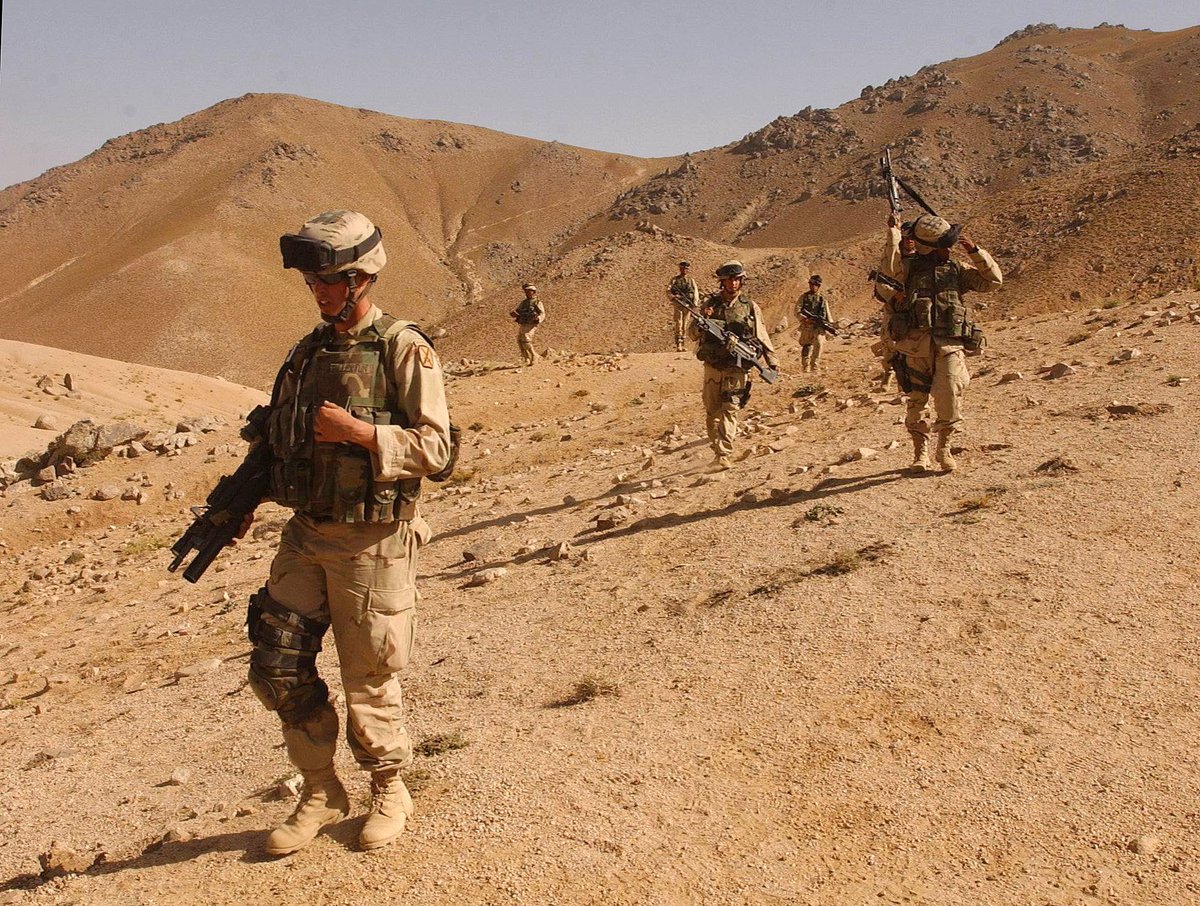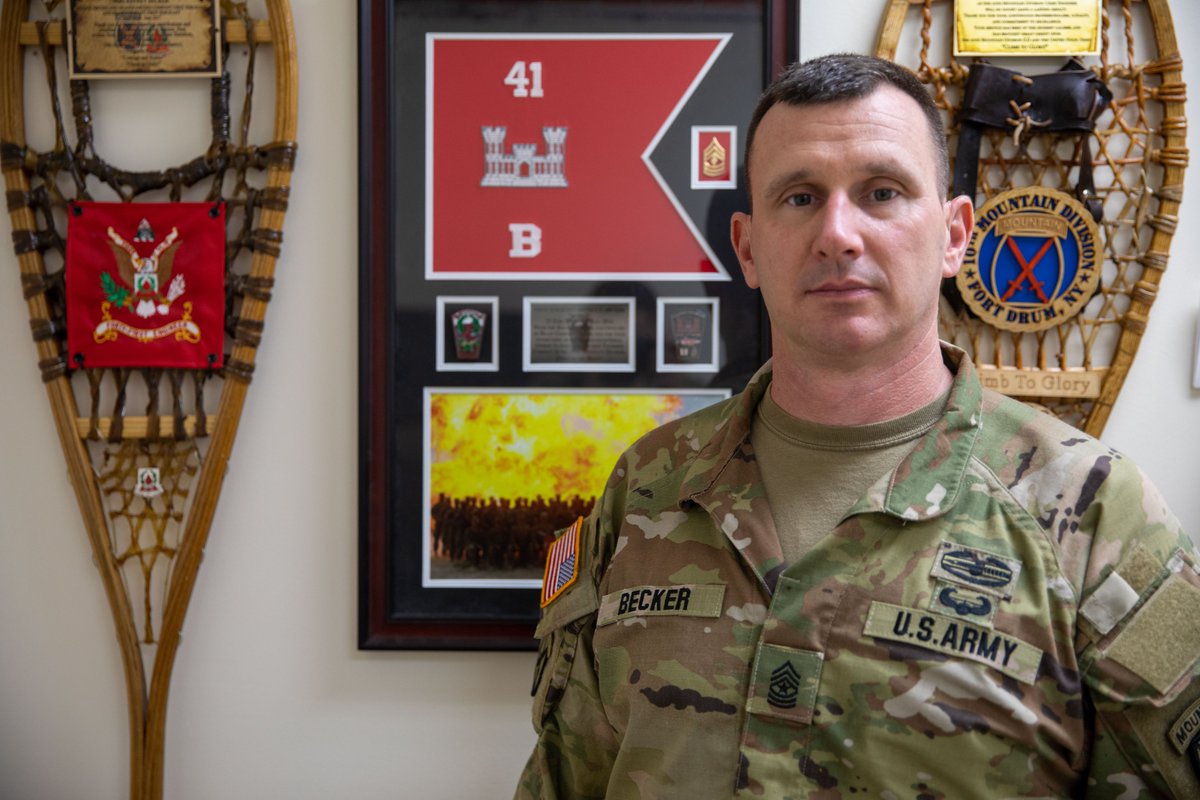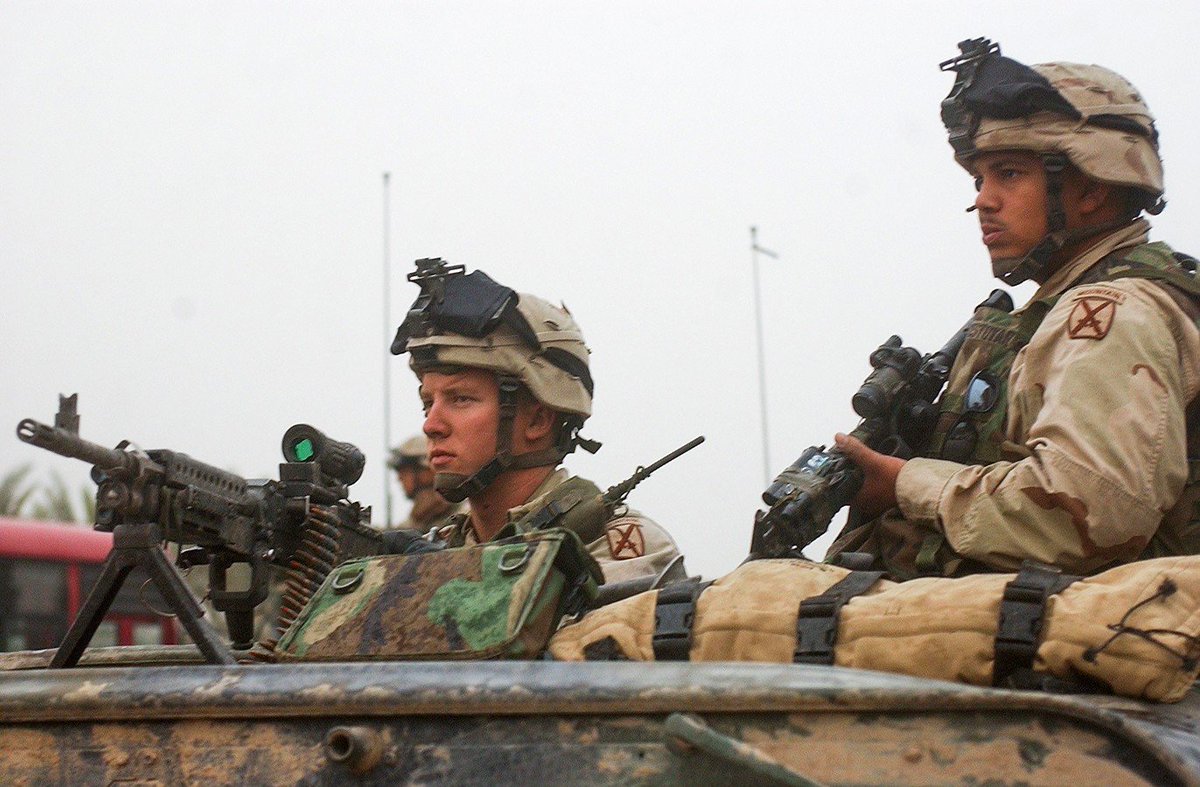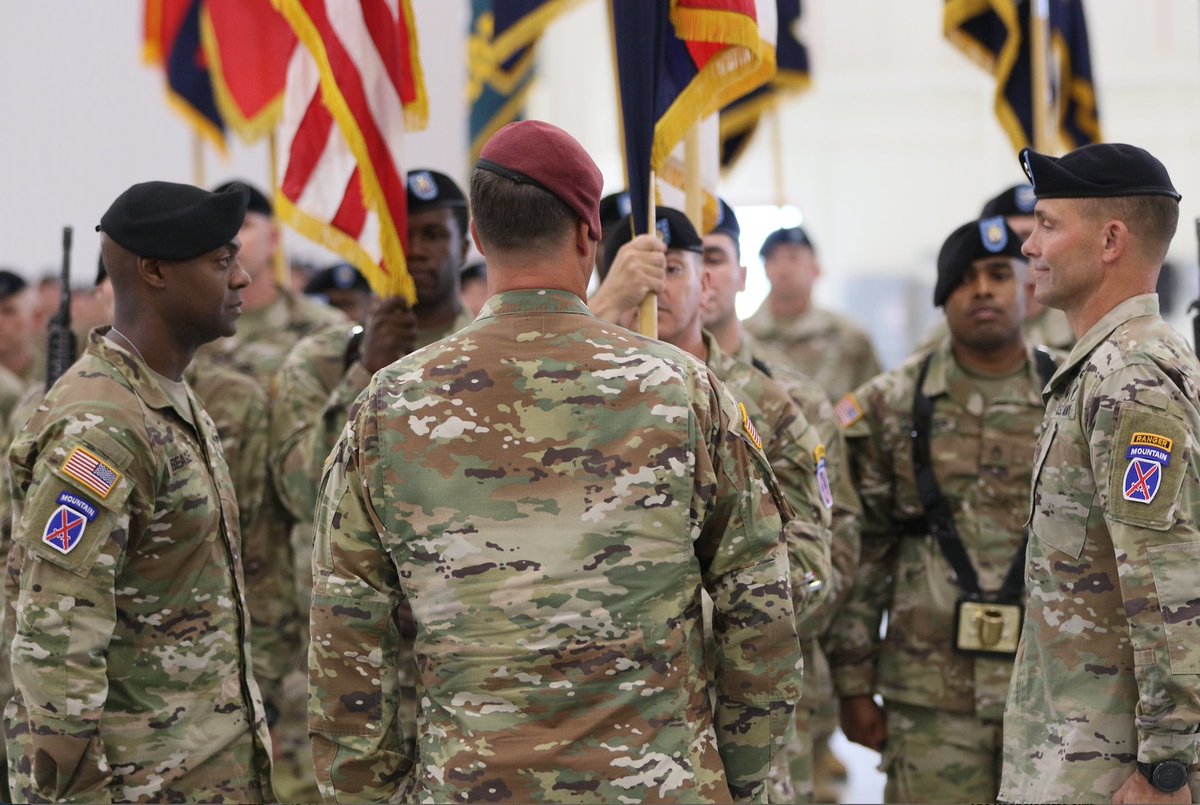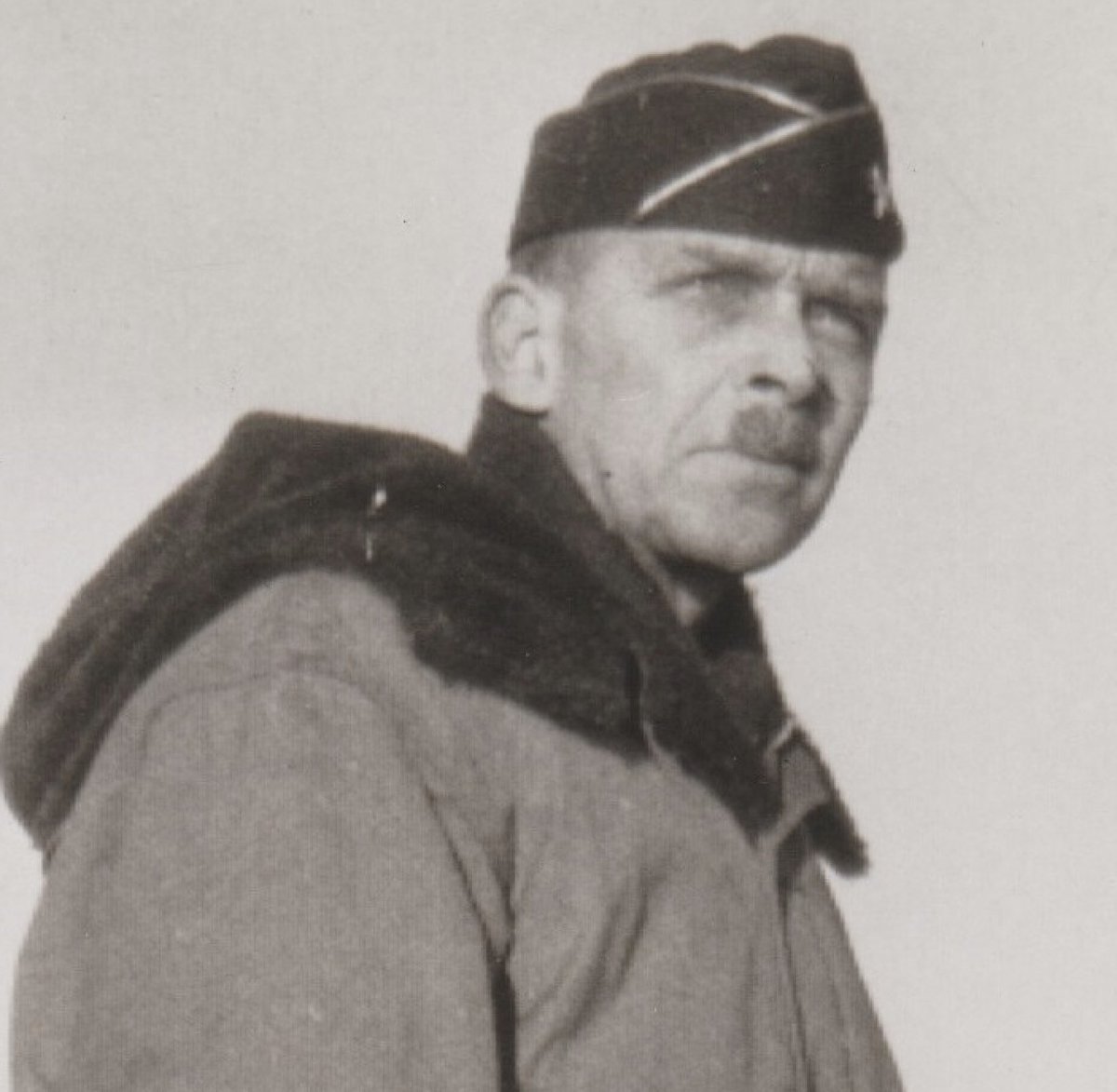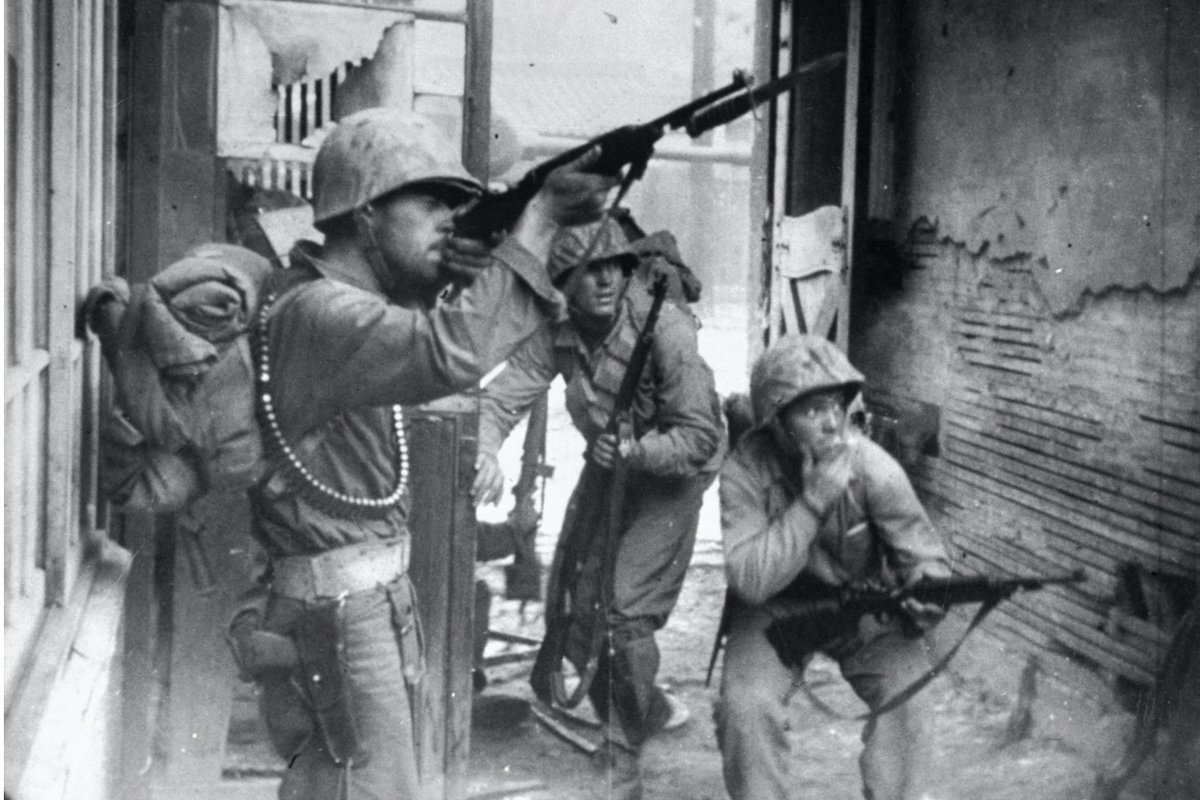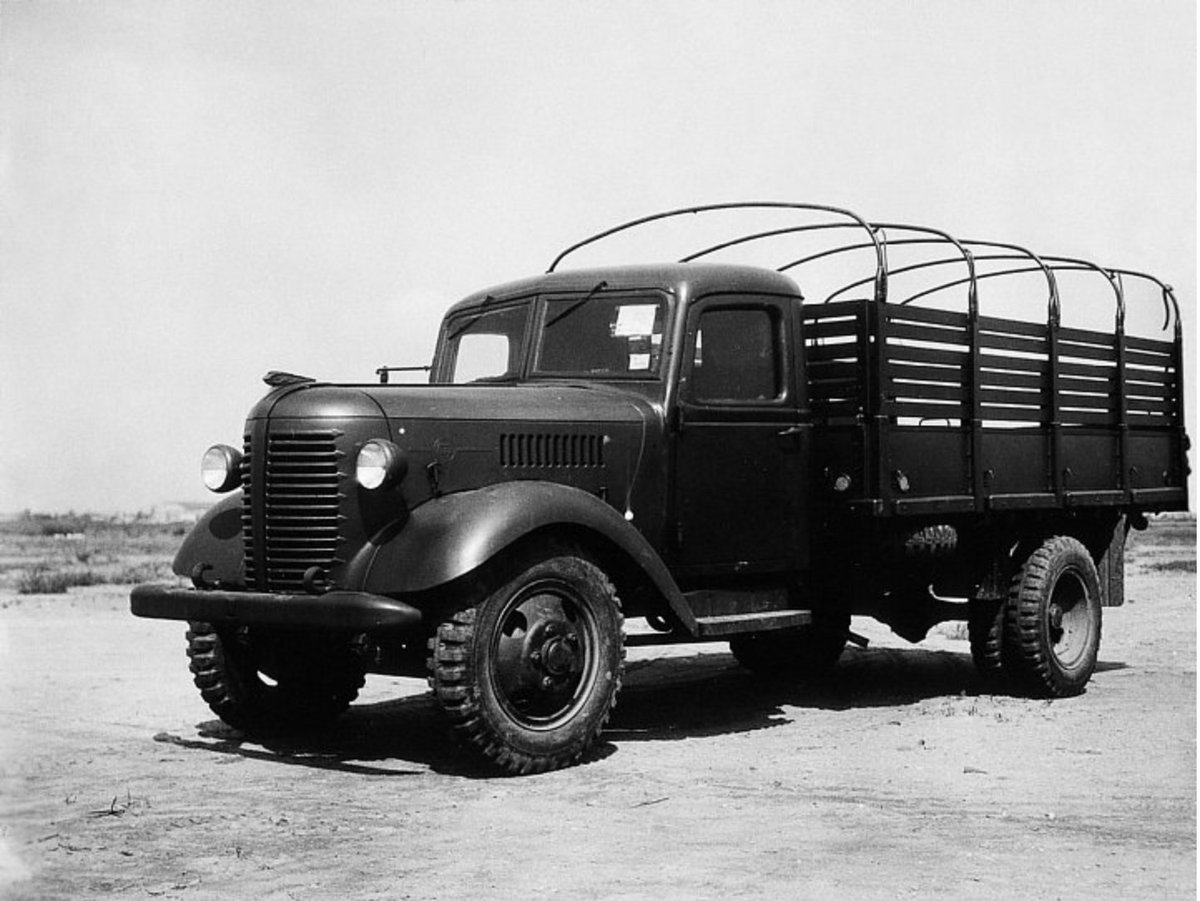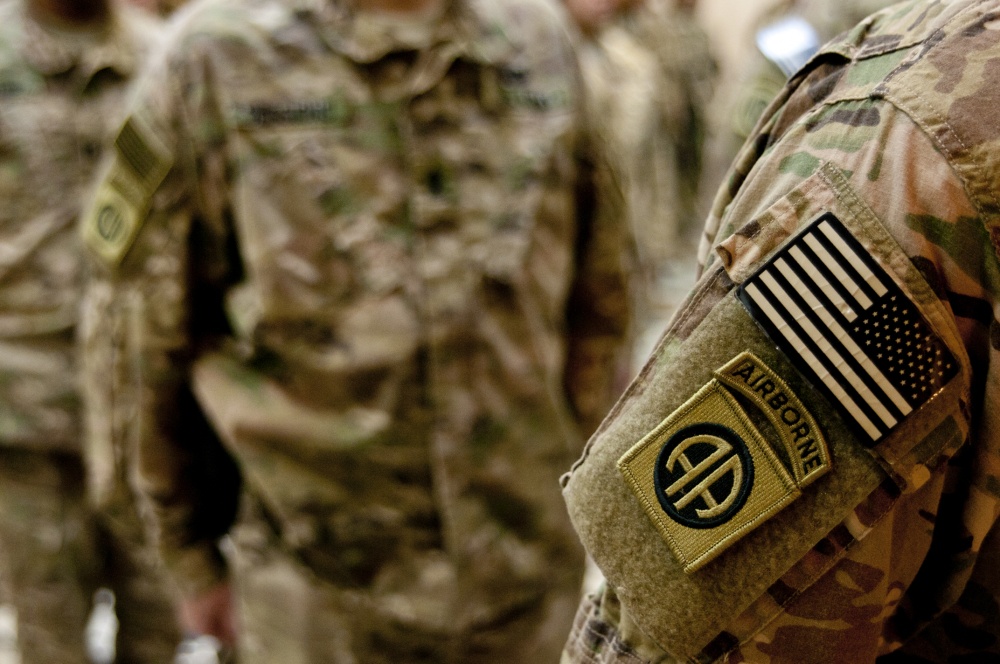
[1 of 11]
All year we're celebrating the 70th anniversary of the XVIII Airborne Corps reactivation on Fort Bragg, NC (May 21, 1951) under Gen John Leonard (this man).
The Corps, deactivated at the end of WWII, was reestablished during the early Cold War to focus on the Soviets
All year we're celebrating the 70th anniversary of the XVIII Airborne Corps reactivation on Fort Bragg, NC (May 21, 1951) under Gen John Leonard (this man).
The Corps, deactivated at the end of WWII, was reestablished during the early Cold War to focus on the Soviets

[2 of 11]
To commemorate the past 70 years since our rebirth, we posed current Sky Dragon Soldiers in authentic uniforms and kit worn by their predecessors from the seven major periods of service since reactivation.
To commemorate the past 70 years since our rebirth, we posed current Sky Dragon Soldiers in authentic uniforms and kit worn by their predecessors from the seven major periods of service since reactivation.

[3 of 11]
When the 🆕 XVIII Airborne started in 1951, the Sky Dragon Soldier wore this plain uniform. This Soldier [kept out of the Korean War to focus on Europe] was prepared to jump behind the Soviet front lines and fight his way forward to meet with friendly mechanized forces
When the 🆕 XVIII Airborne started in 1951, the Sky Dragon Soldier wore this plain uniform. This Soldier [kept out of the Korean War to focus on Europe] was prepared to jump behind the Soviet front lines and fight his way forward to meet with friendly mechanized forces

[4 of 11]
By 1965, the Sky Dragon Soldier was focused on Vietnam. The Corps' @101stAASLTDIV sent all forces to the South, fighting in some of that war's most critical moments, including the Battle for Hamburger Hill in 1969.
By 1965, the Sky Dragon Soldier was focused on Vietnam. The Corps' @101stAASLTDIV sent all forces to the South, fighting in some of that war's most critical moments, including the Battle for Hamburger Hill in 1969.

[5 of 11]
The Corps HQ itself on Fort Bragg remained a stateside force [in reserve in for Europe] for most of the Vietnam War. But, with the surprise, January, 1968 Tet Offensive, the Corps was forced to send a brigade from the 82nd Airborne Division to Vietnam.
The Corps HQ itself on Fort Bragg remained a stateside force [in reserve in for Europe] for most of the Vietnam War. But, with the surprise, January, 1968 Tet Offensive, the Corps was forced to send a brigade from the 82nd Airborne Division to Vietnam.

[6 of 11]
In the 1980s, the XVIII Airborne Corps truly grew into its role as America's Contingency Corps. Prepared to respond to a threat on America's interests in Europe or South American, the Sky Dragon Soldier was a hedge against increasing Soviet expansion in failing states.
In the 1980s, the XVIII Airborne Corps truly grew into its role as America's Contingency Corps. Prepared to respond to a threat on America's interests in Europe or South American, the Sky Dragon Soldier was a hedge against increasing Soviet expansion in failing states.
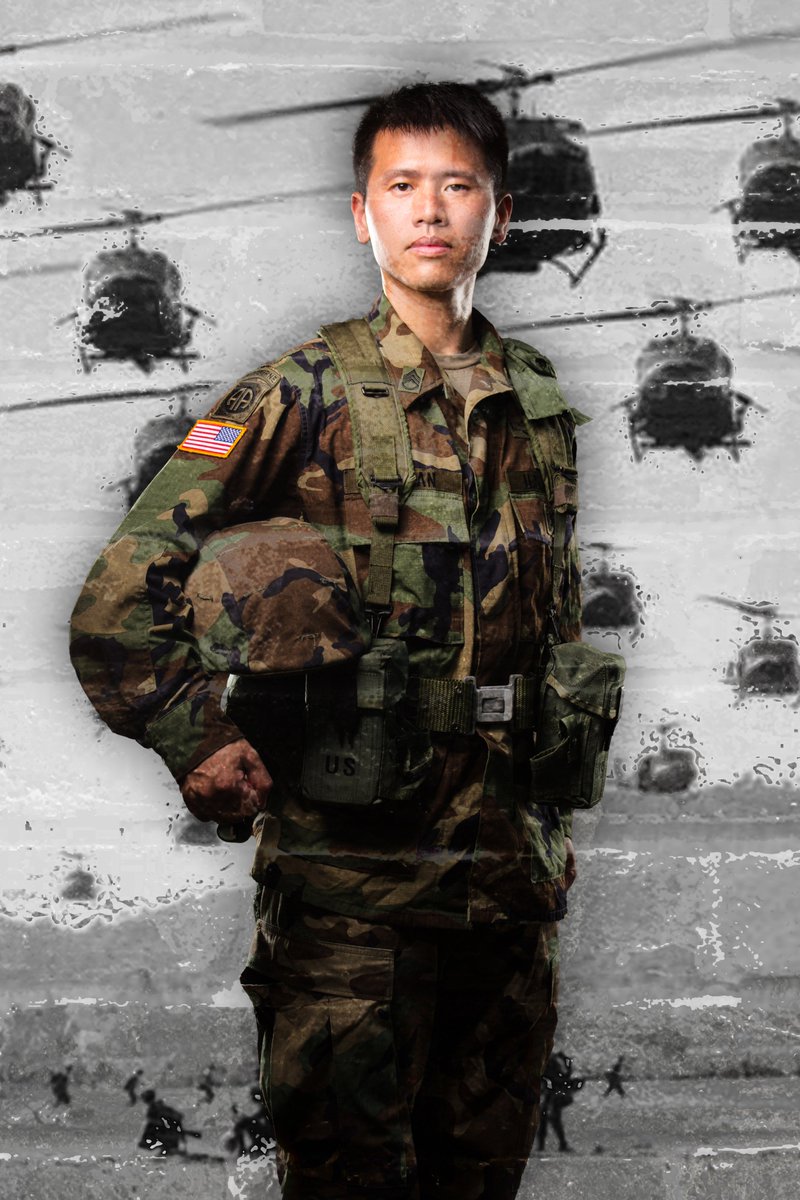
[7 of 11]
During this period, the Corps gained the Fort Drum-based 10th Mountain Division.
Also during this period, the Corps was called to invade Grenada (October, 1983) and Panama (December, 1989).
During this period, the Corps gained the Fort Drum-based 10th Mountain Division.
Also during this period, the Corps was called to invade Grenada (October, 1983) and Panama (December, 1989).

[8 of 11]
In 1991, the Sky Dragon Soldier served as a spearhead element during the Persian Gulf War. That war saw the largest deployment of the XVIII Airborne Corps since its rebirth.
In 1991, the Sky Dragon Soldier served as a spearhead element during the Persian Gulf War. That war saw the largest deployment of the XVIII Airborne Corps since its rebirth.

[9 of 11]
9/11 saw the Corps alert all units, sending elements from all divisions (now including the @3rd_Infantry) into new wars in Iraq and Afghanistan.
9/11 saw the Corps alert all units, sending elements from all divisions (now including the @3rd_Infantry) into new wars in Iraq and Afghanistan.

[10 of 11]
As the Global War on Terror progressed, the Sky Dragon Soldier stood up tot he moment, deploying again and again and again to beat back insurgencies and support fledgling governments.
As the Global War on Terror progressed, the Sky Dragon Soldier stood up tot he moment, deploying again and again and again to beat back insurgencies and support fledgling governments.

[END]
Today, the Sky Dragon Soldier is prepared to fight in any domain, any time, anywhere.
Embracing new ideas and employing today's technology in today's fight, the Sky Dragon Soldier offers the Nation an advantage in global competition.
Today, the Sky Dragon Soldier is prepared to fight in any domain, any time, anywhere.
Embracing new ideas and employing today's technology in today's fight, the Sky Dragon Soldier offers the Nation an advantage in global competition.

• • •
Missing some Tweet in this thread? You can try to
force a refresh


